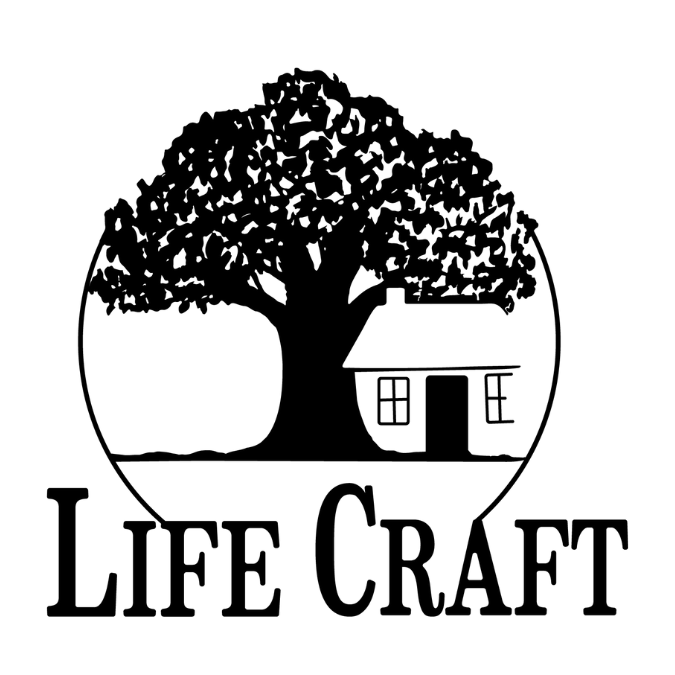Perhaps the greatest challenge in our home today is how to integrate the new and the old. Essential to grasping this challenge is realizing our unusual situation. Things have been changing at an extraordinary pace, and any way you slice it this makes for a difficult situation.
The ‘normal’ mode of human life is that the young are formed by and ushered into certain patterns of living. When a young couple gets married or young adults set out on their own, they begin to construct their life situation according to these learned patterns. Any significant proposed change immediately raises a question: why would we change how we live?
I suggest that this is natural, fitting, and good. This is to say that in a healthy community there is always a bias toward the ‘traditional,’ i.e., the way things have been done. The attitude of ‘why would we change’ is rooted in a twofold conviction: life now is reasonably good, and change in and of itself is not necessarily good. Change is desirable only when it brings us closer to certain real goals.
But this disposition I’m calling natural and good has been undermined over the course of some generations now. We are told and made to feel, often quite forcefully, that if we do not change then we will get ‘behind.’ Somehow, life today has taken on the character of a race. Unfortunately the ‘end’ of the race seems to be at best some amorphous ‘progress’ and at worst ‘success’ conceived along purely materialistic lines. And of course the goal post will keep moving, since there is no real end-zone in which really to touch-down, i.e., to come to rest.
‘Innovation’ is a virtue; staying the same is a failure. Resisting change even becomes a threat to others, a sin against progress.
The proper response to all this, I think, will not be to overcompensate and become a knee-jerk ‘traditionalist’ or ‘conservative’—as though how things were done in the past is always better. The answer is perhaps well described as becoming “like the householder who brings from his storeroom both the new and the old.” (Matthew 13:52)
Implied in bringing forth both the new and the old is having as foundation a clear conception of what really matters in life. Also implied, I think, is that one begins with the old as what has been given, and then examines the new in view of where we are now and where we want to go.
But for many of us in this post-modern age what we have been ‘given’ is in fact a ‘new’ we’re uncomfortable with, and it’s hard to figure out what the old was or should have been! I see this very often today, accompanied by pain, confusion, and discouragement.
I like to remind myself that recognizing the problem is already a real first step toward wholeness, healing, and renewal. We can raise our heads out of the race and step back. Turning out attention to what comes first—such as good character and good relationships—gives a whole new perspective on life in our home. It empowers us to take concrete steps to do something very different from the norm.
Our life must look very different. There is quite a bit of ‘old’ that we must rediscover because it should never have been set aside. Then we implement it, always being realistic about what the old should look like today, in view of the new. Some aspects of the new we simply cannot ignore, though we would want to. Some aspects of the new we will jettison or mitigate, even at risk of being ostracized. Other aspects we might happily embrace. All in view of the end.
We are all householders. All day, every day. Being such demands that we reckon well with the new and the old. Especially today. This is our vocation; and yes, we were made for this. ~ ~ ~
Today’s Video: My lecture at the last LifeCraft Day at the Barn, especially focusing on DISCIPLINE in the HOME:
Husband, father, and professor of Philosophy. LifeCraft springs from one conviction: there is an ancient wisdom about how to live the good life in our homes, with our families; and it is worth our time to hearken to it. Let’s rediscover it together. Learn more.




This strikes home! I’m in my late 60s, a grandchild of Bavarian immigrants who arrived here over 120 years ago. My parents maintained an Old World habit of buying a table, for example, that might cost more but it would last for generations. They worked hard & vacationed minimally. On the other end are my daughters, both in their 30s, who live with fewer items that are less expensive. They use their funds for experiences over things. If they move & don’t need that table, it’s no loss to donate and buy another if so desired. Watching them has renewed my decluttering (although I’m far from a hoarder) and my wife & I are traveling again.
What a gift, Bob, to be inspired by your own children!
This hit the nail on the head for many things I’ve been thinking about recently.
I think the challenge for young people is to find those parts of ‘the old’ that maybe should not have been set aside. The opportunities become far reduced if young people are isolated from their families or a community that can share those traditions, customs, and rationale with them. Hopefully they are not so far removed that it is too difficult to find them again.
Thanks for sharing!
Thank you, John. I completely agree that to the extent possible it is a great help to live close to family members and/or in a strong community. It often makes more of a difference than we might have realized.
Thank you so much. Wish I had had these foundations in my life when I was growing up. Now a grandma (66 yr old), brings a great perspective to how to live my life and appreciation for the role He has given to me! Been sharing with my granddaughters the beauty and goodness of God- just like Him to make us expressions of Himself through the virtues! Chewing on this Truth in my own personal life, as well!
Thanks for sharing all the goodness of God with us.
Blessed Thanksgiving!
Thank you very much Joan for these words and for your example. A blessed Thanksgiving to you too!